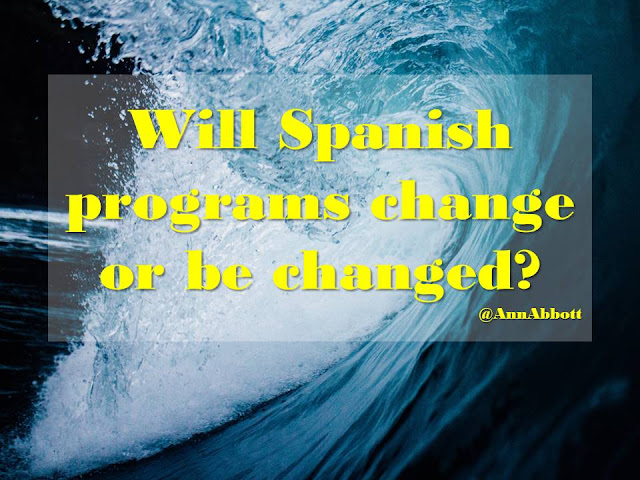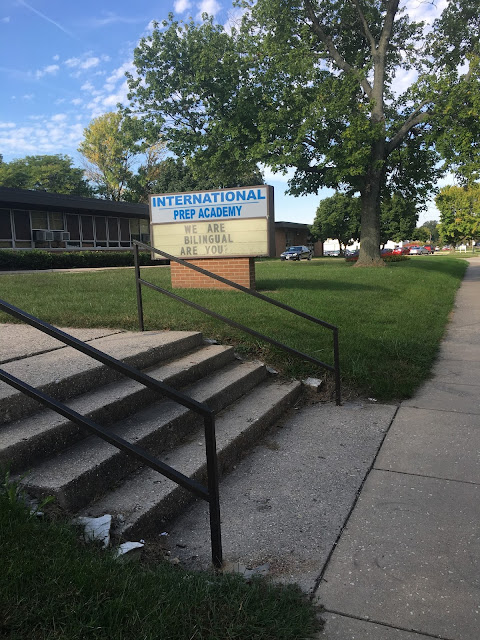Amid Falling Enrollments It Is Imperative to Advertise Your Spanish Courses

by Ann Abbott I'm our department's Director of Undergraduate Studies. I work hard with our advisor, Tasha Robles, to try to increase the number of students in our courses and our major/minor. It's not easy. And yesterday I was sad to see that our numbers are low compared to the Spanish programs in most other universities in the Big Ten. (By the way, Indiana University is doing something right!) And it's even harder when students don't have enough information to get excited about our courses. As of right now, with just a couple of days before students begin registering for spring 2017 courses, this is our situation: Several sections of "generic" courses don't have a title or description in the online course catalog. The advisor has received no flyers about any courses. I haven't seen any promotional materials for any courses except for Basque. I'll share the checklist below with our faculty. How do you advertise your co...



